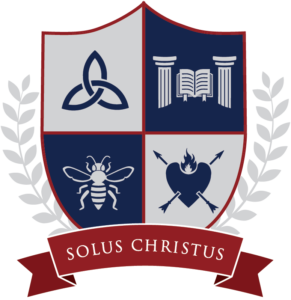When we think of the subject of math, the first thing that comes to mind is probably not the primary works of math that made it what it is today. Instead, we probably first think of the multiplication table, the Pythagorean Theorem, or solving algebraic equations (at least, that’s what I think of first!). Those kinds of topics are definitely central to the study of math, but there are many valuable mathematical ideas that aren’t in our math books— ideas that can be found in the writings of great mathematicians of the past. These ideas can range from fascinating algorithms to pure philosophizing.
One such example of a past great mathematician is Nicomachus, a first-century Greek philosopher from Gerasa, a part of the Roman province of Syria. He was a Neopythagorean, which means he had quite strange theological ideas about math and the universe (Pythagoreans, in essence, worshiped numbers). Regardless of his paganism, he was a great and influential mathematician. One of his works, Introduction to Arithmetic, is teeming with fascinating math exploration. He thinks of numbers as things that can mix, share qualities, be too much or too little. He categorizes them in unique ways, compares them, and ranks them. He even explores the idea that one number can be more “perfect” than another. Probably most significantly, he makes a direct connection between morality and mathematical thinking, comparing moral moderation to things like the average between two numbers (something he drew from Aristotle).
Many of these ideas are foreign to the modern way of mathematical thinking. Some of them, like teaching morality with mathematics, don’t have a place in the theology of a Christian. However, other ideas have immense value in their other-ness from common, textbook mathematical thought. To give one example, Nicomachus doesn’t see fractions (1/2) and ratios (1:2) as the same thing. In fact, he doesn’t see fractions as numbers at all! Those two concepts are often conflated in schoolbooks, and they are confusing to students because of that. It’s extremely clarifying to keep that distinction when learning (and teaching) the difference between fractions and ratios, even if now we do have “numbers” to represent fractions.
Mathematicians of the past see numbers in unique ways, and this is a significant benefit of reading math primary texts and bringing their ideas into classrooms and curricula. Looking on with these mathematicians, we have a more thorough view of what numbers actually are, how God created them to be. Reading about mathematical ideas from the past is like discovering a prequel to your favorite book series, or finding a new feature in your car you didn’t know existed. They bring new life to a subject that—while you might be fine with it as-is—has much more to offer if you keep digging. They might even reorient your whole understanding of it!
This year the high schoolers are studying Euclid’s Elements in math, another primary math text. Perhaps in the future we’ll dive into Introduction to Arithmetic. While these texts can be dry at times (ask a high schooler—Euclid might not have been so great at parties), they are, I think, extremely valuable for their perspective on what math is. Christians, as stewards of the things God has given us, can only benefit from shedding more light on something that so beautifully describes God’s world and the truth and order he maintains within it. Primary math texts give us the language and the tools to understand more fully one of God’s great gifts to man.
In Christ,
Mr. Hahn

